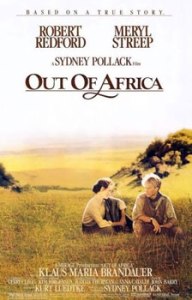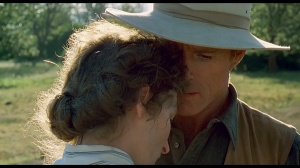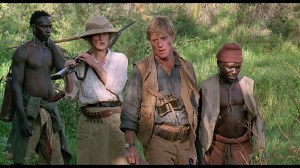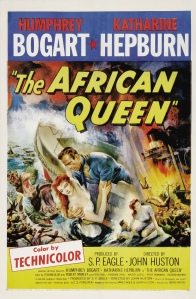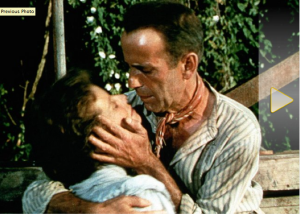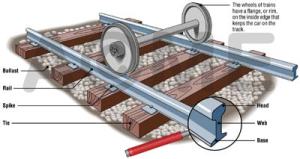Company One’s high school apprentices went to Quincy Market last week to talk to people and spread the word about our show. Here’s an amazing rap they wrote about the play:
Enough is enough, so we’re speaking up,
Against the silence and violence, that will soon again corrupt.
Not so simple as black and white, yet these colors are the reason why we fight.
A certified homicide nationwide, recognize that genocide is never justified.
Company One Theatre doesn’t just put on a show,
They’re spreading the word, for everyone to know.
The Herero of Namibia were taught a lesson,
A lesson from the man, to never second guess ‘em.
A heritage and pride that was once so strong:
Decimated,
Humiliated,
Obliterated,
It was all so wrong.
But what happened in Namibia is just one case,
Of how greed and violence disgrace the human race.
From Rwanda to Darfur, from Armenian to Assyrian,
These atrocities too often occur, too many lost in oblivion.
We’re here to spread the word,
And see how much you know,
And hopefully convince you to see this awesome show.
Spread the word,
Not the violence
Raise awareness
And stop the silence.
